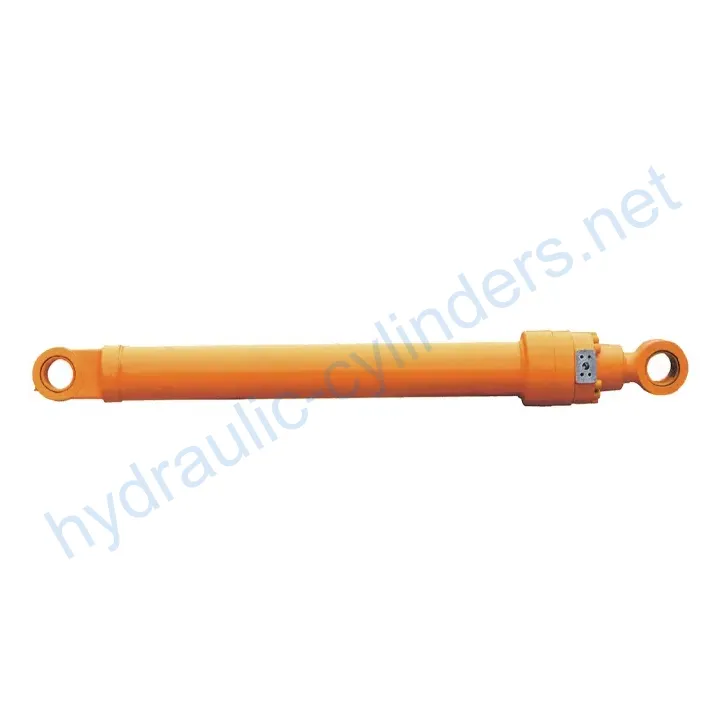Boom Cylinder For JCM Small Excavator 913D
Kaip vienas iš hidraulinių cilindrų gamintojų, tiekėjų ir mechaninių produktų eksportuotojų, mes siūlome hidraulinius cilindrus ir daugelį kitų produktų.
Susisiekite su mumis dėl išsamesnės informacijos.
Paštas:sales@hydraulic-cylinders.net
Hidraulinių cilindrų gamintojas, tiekėjas ir eksportuotojas.
Boom Cylinder For JCM Small Excavator 913D
Overview of the Boom Cylinder
The Boom Cylinder is a crucial hydraulic component specifically designed for controlling the movement of the bucket in various heavy machinery, such as excavators, backhoe loaders, and front loaders. It enables the bucket to elevate, lower, and tilt, facilitating material handling tasks with precision and ease. This hydraulic cylinder operates by using pressurized hydraulic fluid, converting hydraulic energy into mechanical energy to achieve smooth and efficient motions.
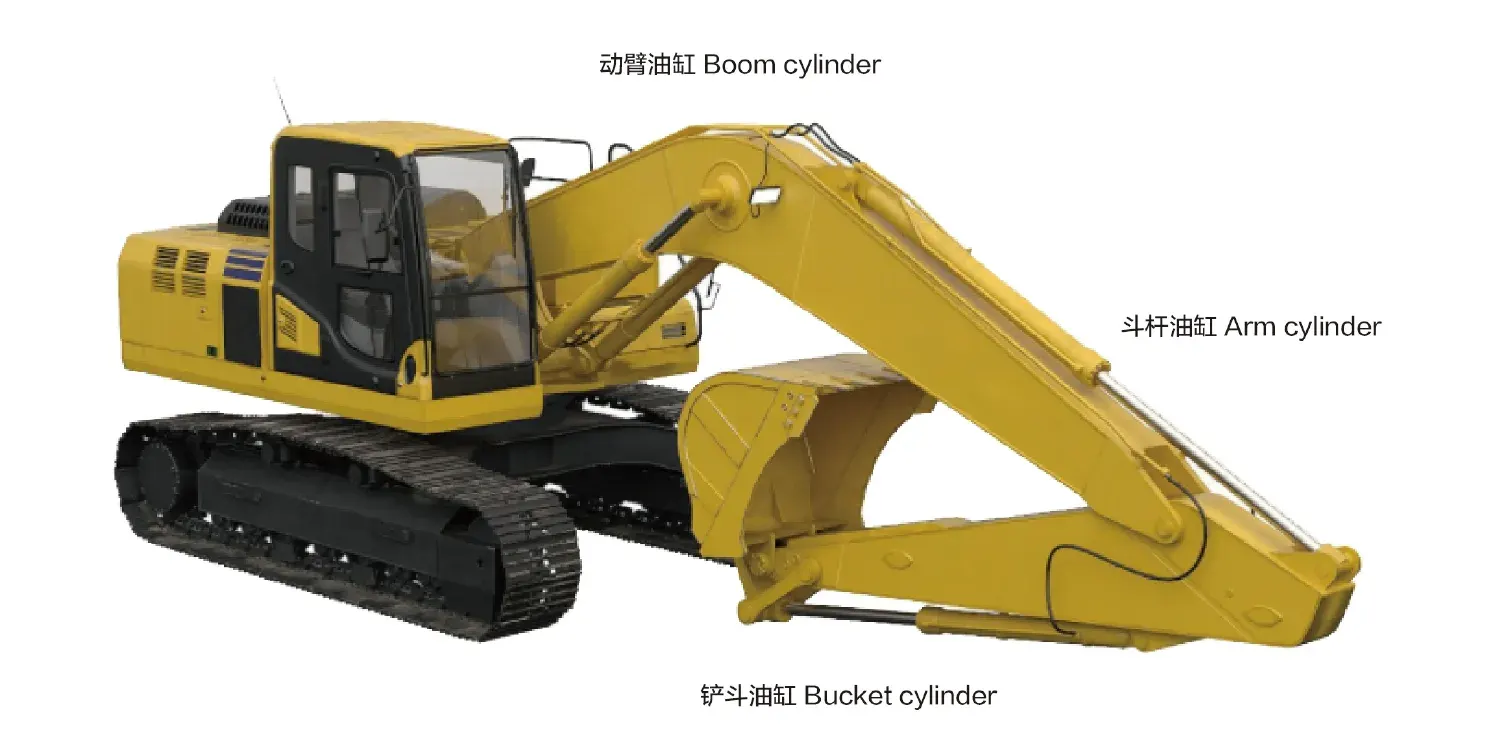
Features of the Boom Cylinder
-
High Strength and Durability
Typically constructed from high-strength steel or aluminum, the Boom Cylinder can withstand high pressure and heavy loads, making it suitable for harsh working conditions while ensuring extended service life through wear and corrosion resistance.
-
Efficient Hydraulic Operation
This cylinder leverages hydraulic oil pressure for smooth extension and retraction movements, allowing it to respond quickly to operator commands while providing substantial pushing and pulling force ideal for heavy and complex tasks.
-
Diverse Types
Available in single-acting (utilizing hydraulic force in one direction) or double-acting (applying hydraulic force in both directions) configurations, the Boom Cylinder caters to various operation needs. Some models are telescopic, allowing for greater extension without increasing external dimensions, making them ideal for space-limited applications.
-
Custom Manufacturing
Our production capabilities enable us to manufacture this product to perfectly replace various hydraulic cylinders, ensuring compatibility and performance.
-
Versatile Applications
From construction to agriculture, the Boom Cylinder is essential in multiple sectors where heavy lifting and precise movement are required.
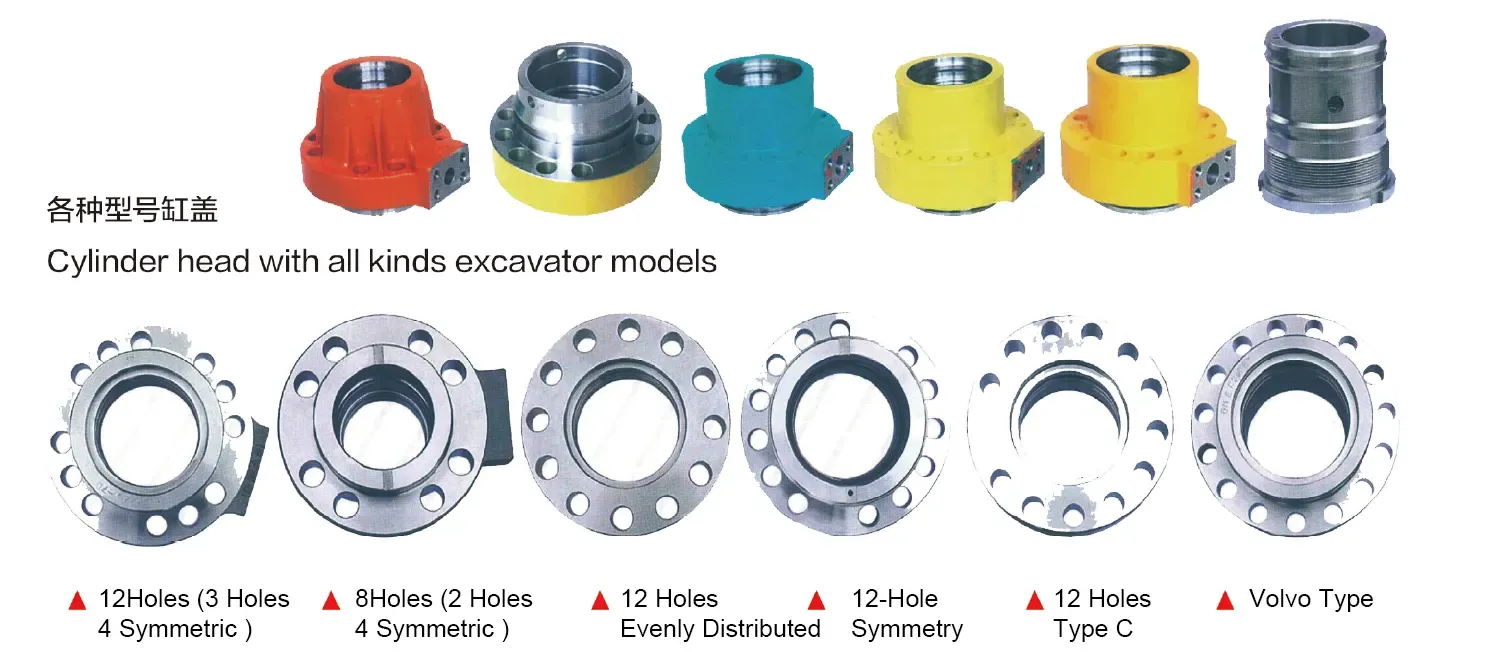
Applications of the Boom Cylinder
Construction Equipment
Within excavators, Boom Cylinders are vital for digging, loading, and moving soil or debris effectively. Their role is even more pronounced in backhoe loaders, where they assist both in excavation and elevation tasks, providing the necessary force for a variety of construction projects.
Agricultural Machinery
In front-end loaders, the Boom Cylinder is used to scoop, elevate, and transport soil, hay, and other materials efficiently. It allows for precise control during loading and unloading tasks, essential in agricultural operations where time and efficiency are critical.
Excavators
The Boom Cylinder plays a significant part in enabling the digging action of excavators. By allowing the bucket to penetrate the soil, it enhances the effectiveness of excavation operations, making it indispensable in landscaping and construction sites.
Loaders
In front loaders, these cylinders assist in lifting and tipping loads effectively, facilitating smooth material handling. They provide the necessary push for lifting heavy items and ensure that operations run smoothly without excessive manual effort.
Design Considerations and Selection Criteria
Load Capacity
Understanding the load capacity is paramount when selecting a Boom Cylinder. The cylinder must be able to handle the maximum weight it will encounter, ensuring safety and efficiency in operations. Overloading can lead to premature failure or catastrophic incidents.
Sealing Mechanisms
Effective sealing is critical to prevent hydraulic fluid leaks, which can lead to operational failures and safety hazards. The selection of appropriate seals, such as piston and rod seals, is vital in ensuring long-term reliability and performance.
Durability
Durability encompasses the material selection and the overall design of the cylinder. It should be built to endure harsh environments and frequent use without compromising functionality. This includes the use of high-quality materials and protective coatings to resist corrosion.
Safety Features
Safety is a priority in hydraulic systems. The design should include features that protect against pressure overload and system failures, preventing accidents in the workplace. Regular inspections and maintenance are also essential for ensuring ongoing safety compliance.
Maintainability
The ease of maintenance contributes significantly to the operational lifespan of the Boom Cylinder. Designs that allow for straightforward access to seals and hydraulic lines enable quicker servicing, reducing downtime and costs associated with repairs.

Sealing and Lubrication
Proper sealing and lubrication are fundamental to the effective operation of the Boom Cylinder. Various sealing elements like piston seals, rod seals, and dynamic seals are essential to maintain hydraulic integrity. Seals made from materials such as polyurethane and nitrile rubber are preferred for their wear resistance and durability.
The cylinder body and threaded end surfaces should be finely processed to enhance their wear resistance. Regular lubrication with suitable hydraulic oil is necessary to ensure smooth operation and extend the service life of the cylinder. It is essential to monitor oil levels and replace fluids as needed to maintain optimal performance.
Preventive Maintenance Measures
-
Regular Inspections
Performing routine inspections helps identify wear and potential issues before they escalate. Check for leaks, wear on seals, and loose fittings to maintain operational integrity.
-
Appropriate Lubrication
Ensure the cylinder is adequately lubricated at all times. Using the correct type and amount of hydraulic oil will prevent overheating and reduce friction between moving parts, extending the life of the cylinder.
-
Seal Replacement
Over time, seals can wear out and become less effective. Regularly replacing seals ensures that the hydraulic system remains sealed and functioning optimally, thus preventing leaks and maintaining pressure.
Installation Guidelines
Proper installation of the Boom Cylinder is critical for its effective function. Begin by ensuring that the mounting surfaces are clean and free of debris. Align the cylinder carefully with the mounting brackets, avoiding any undue stress on the cylinder body. Use appropriate mounting hardware to secure the cylinder in place, ensuring it is tightly fastened without over-torquing, which could cause damage.
It is advisable to use mounting brackets designed specifically for the cylinder to ensure proper support and alignment. Following the manufacturer’s specifications during installation is crucial, as it ensures that the cylinder operates efficiently and prolongs its lifespan.
Common Maintenance Tasks
Regular Inspections
Conducting regular inspections allows for early detection of any potential issues with the Boom Cylinder. Look for signs of wear and tear, leaks, or unusual noises during operation. Addressing these problems promptly can prevent more significant failures and ensure safety.
Proper Lubrication
Maintaining proper lubrication is essential for the effective operation of the Boom Cylinder. Ensure that you are using the right type of hydraulic oil and that it is filled to the correct level. Regularly check and replace the oil as needed to keep the system running smoothly.
Seal Replacement and Calibration
Regularly check the seals for wear and replace them as necessary to maintain hydraulic integrity. Calibration checks ensure that the cylinder operates within its designed parameters, preventing performance issues and prolonging its lifespan.
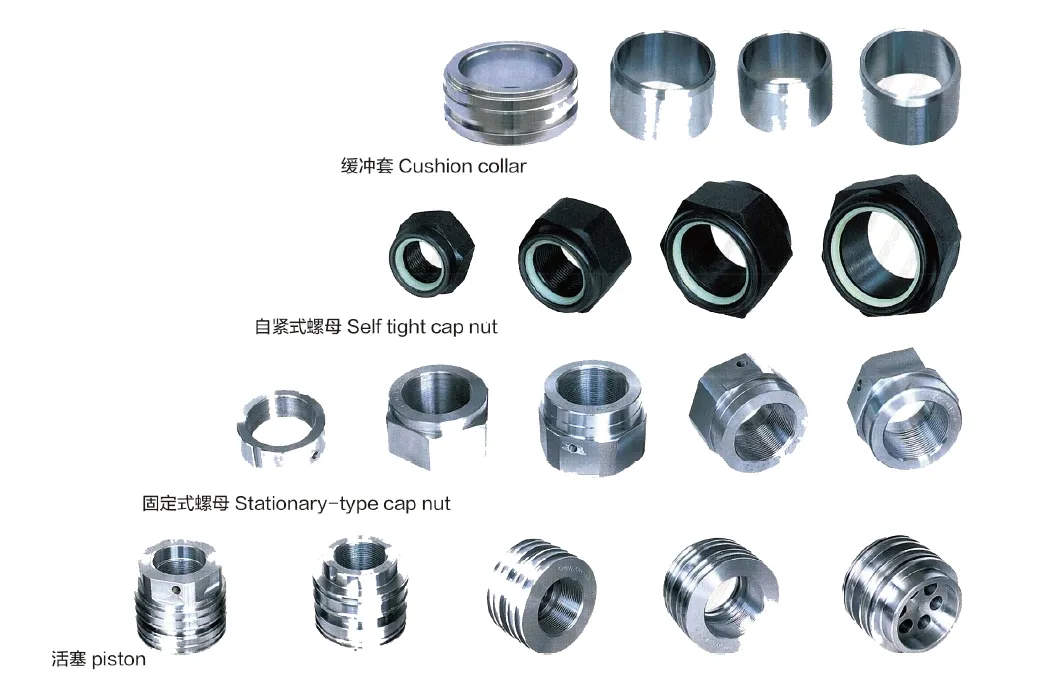
Safety Considerations and Environmental Factors
When using Boom Cylinders, the importance of safety measures cannot be overstated. Operators should be trained to recognize potential hazards and ensure that all safety protocols are followed during operation to minimize risks. Additionally, environmental factors such as weather conditions can affect the performance of hydraulic systems; therefore, it’s essential to take precautions to protect the cylinder from extreme conditions.
Fault Diagnosis and Common Issues
-
Leakage
Leakage can often occur from seals, indicating wear or damage. Identifying the source of the leak is crucial for repairs and maintaining hydraulic pressure.
-
Unusual Noises
Noises during operation may indicate internal issues, such as cavitation or improper lubrication. Diagnosing the cause is important to avoid further damage.
-
Performance Issues
If the cylinder is not responding properly, it may be due to inadequate hydraulic fluid levels or pressure. Regular monitoring of fluid levels and system pressure can help prevent these problems.
Troubleshooting Tips
To effectively diagnose and resolve issues with the Boom Cylinder, it is essential to follow a systematic troubleshooting approach. Begin by inspecting for visible signs of damage or wear. For leakage, locate the source and replace seals as necessary. If unusual noises are heard, check for proper lubrication and ensure that all components are functioning correctly.
Implementing preventive measures, such as routine inspections and regular maintenance, can significantly reduce the likelihood of encountering problems. By being proactive, operators can ensure the longevity and reliability of the Boom Cylinder.
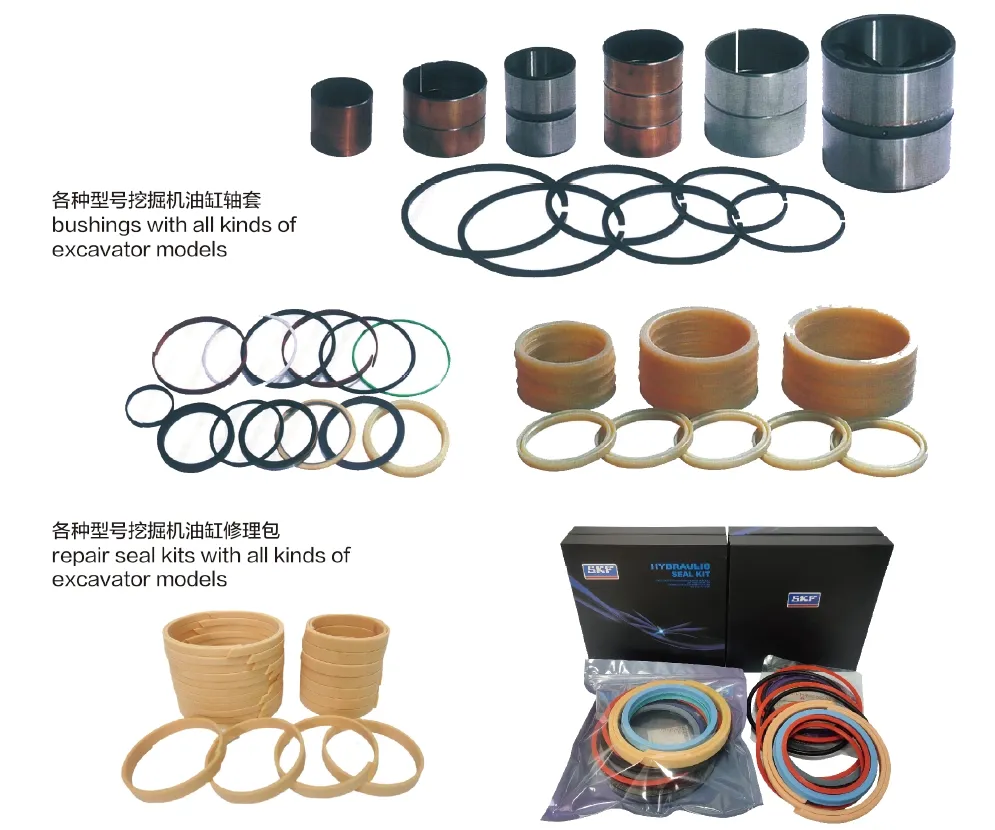
Company Introduction
We are a leading manufacturer and wholesaler of replacement hydraulic cylinders, offering a comprehensive range of products suitable for domestic and international markets. Our commitment to excellence is reflected in our refined manufacturing processes and digital high-end production management strategies.
With a focus on quality, we utilize skilled technical personnel and a professional testing system to continually enhance our manufacturing capabilities. We prioritize high efficiency, precision, and quality to meet diverse customer needs, backed by international certifications and custom service options.
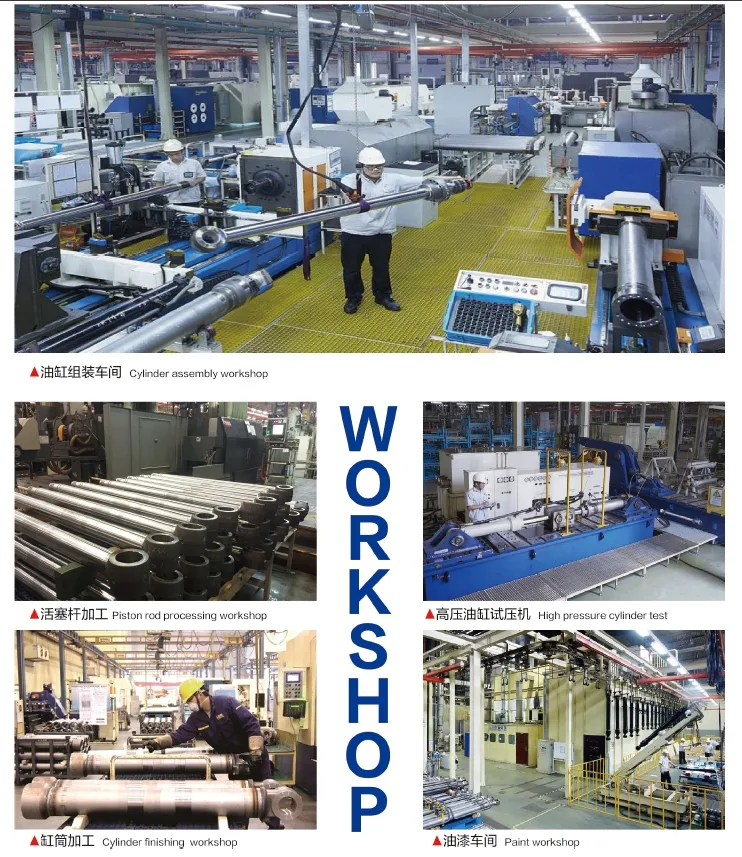
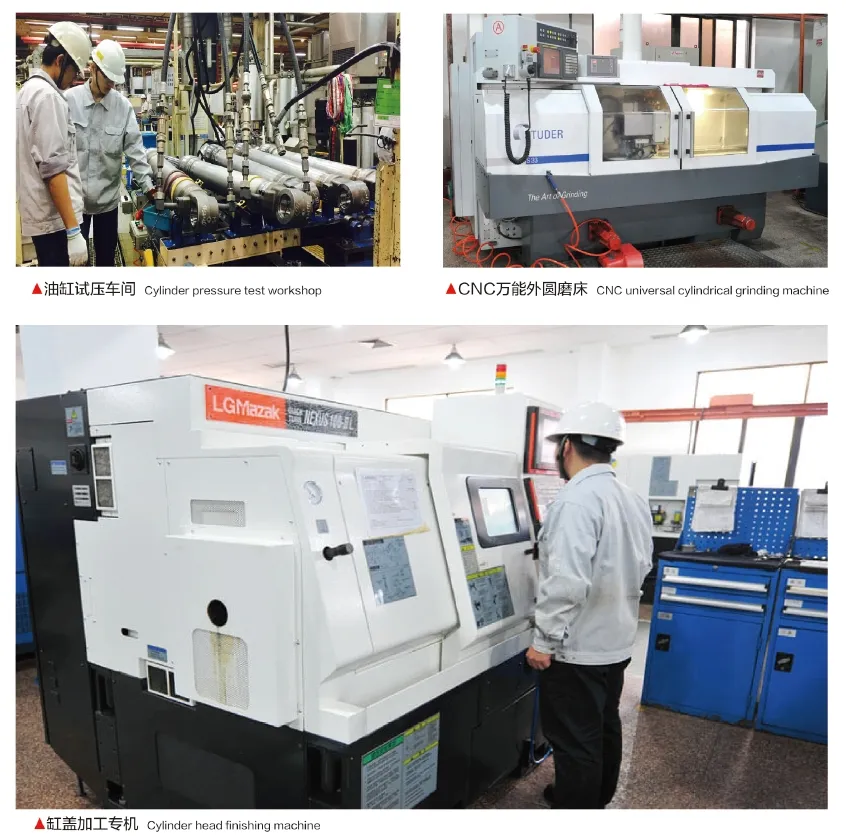
Author: lyl
Take a Tour of Our VR Factory:
Take a tour of our VR factory with the following
Hydraulic Cylinder Application:


